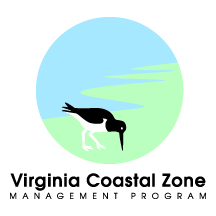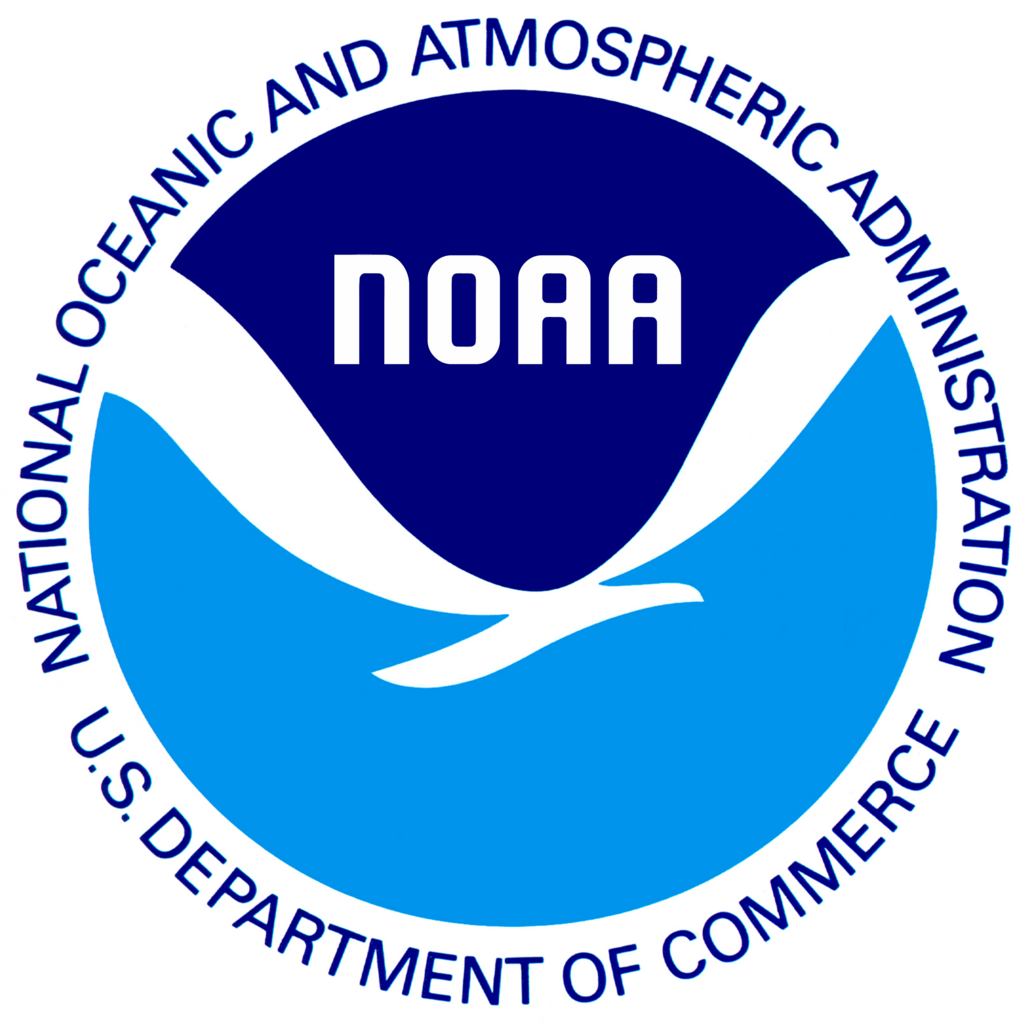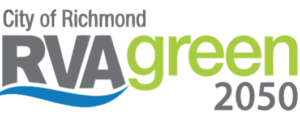Resilience
Resilience
Planning for resilience ensures that communities can adapt and thrive amidst challenges. Challenges are often grouped into two main concerns: acute shocks and societal stresses. These concerns are exacerbated by climate change and rapid urbanization, which makes building resilient communities more important than ever.
Acute shocks include natural and man-made disasters, such as floods, hurricanes, disease outbreaks, or terrorism.
Long-term societal stresses weaken communities and include high unemployment rates, inadequate infrastructure, and homelessness.
PlanRVA Resiliency Program
PlanRVA is initiating a resiliency planning program to ensure that individuals, communities, businesses, and institutions can survive and adapt now and into the future. Focusing on vulnerable populations more susceptible to impacts, resilience should be considered across all planning processes.
Learn more about the planning process and PlanRVA's resiliency definition, vision, and priorities here.
PlanRVA integrates concepts of resiliency planning into many projects:
The newly released Virginia Coastal Resilience Master Plan can be found here.
PlanRVA needs YOUR help!
Your opinions and experiences matter to us and are important as we continue to develop the resilience program. You can help us by taking our resilience public survey that will remain open indefinitely.
To take the survey please click here.
Learn More:
To learn more about urban and regional resiliency planning, see this video by the National Association of Development Organizations (NADO).
If you are interested in equitable resilience planning for the City of Richmond, be sure to check out RVAgreen2050.

This project, Task # 48 was funded by the Virginia Coastal Zone Management Program led by the Virginia Department of Environmental Quality through Grant FY20 # NA20NOS4190207 of the US Department of Commerce, National Oceanic, and Atmospheric Administration, under the Coastal Zone Management Act of 1972, as amended. The views expressed herein are those of the authors and do not necessarily reflect the views of the US Department of Commerce, NOAA, or any of its subagencies.



